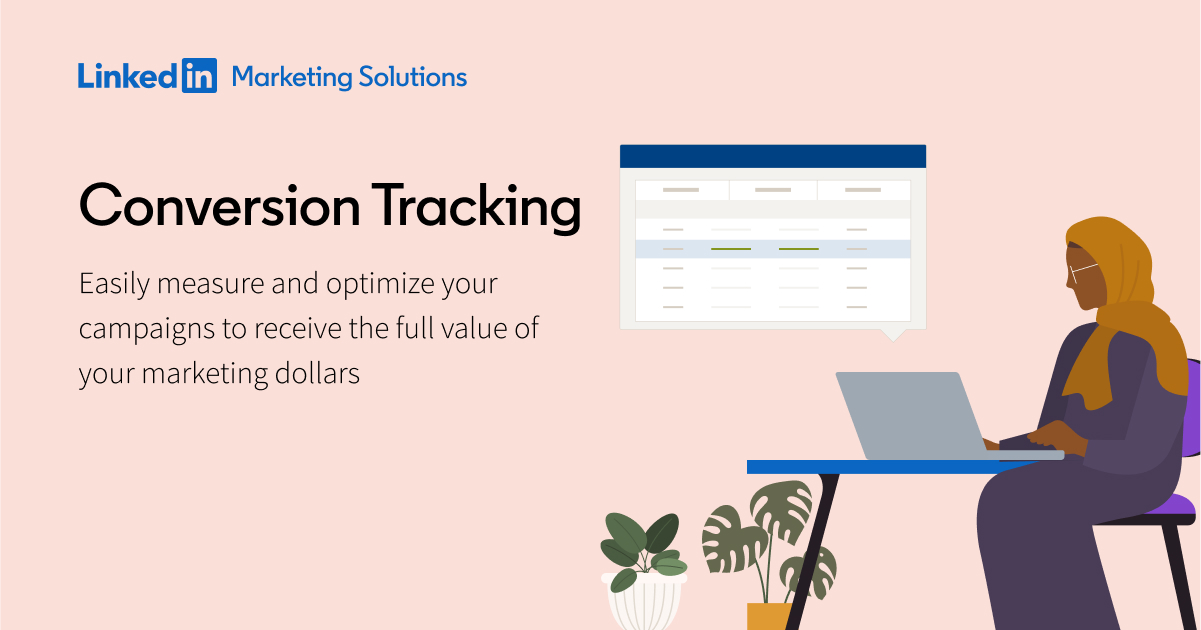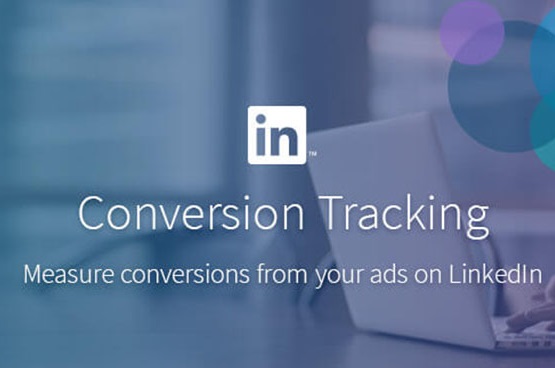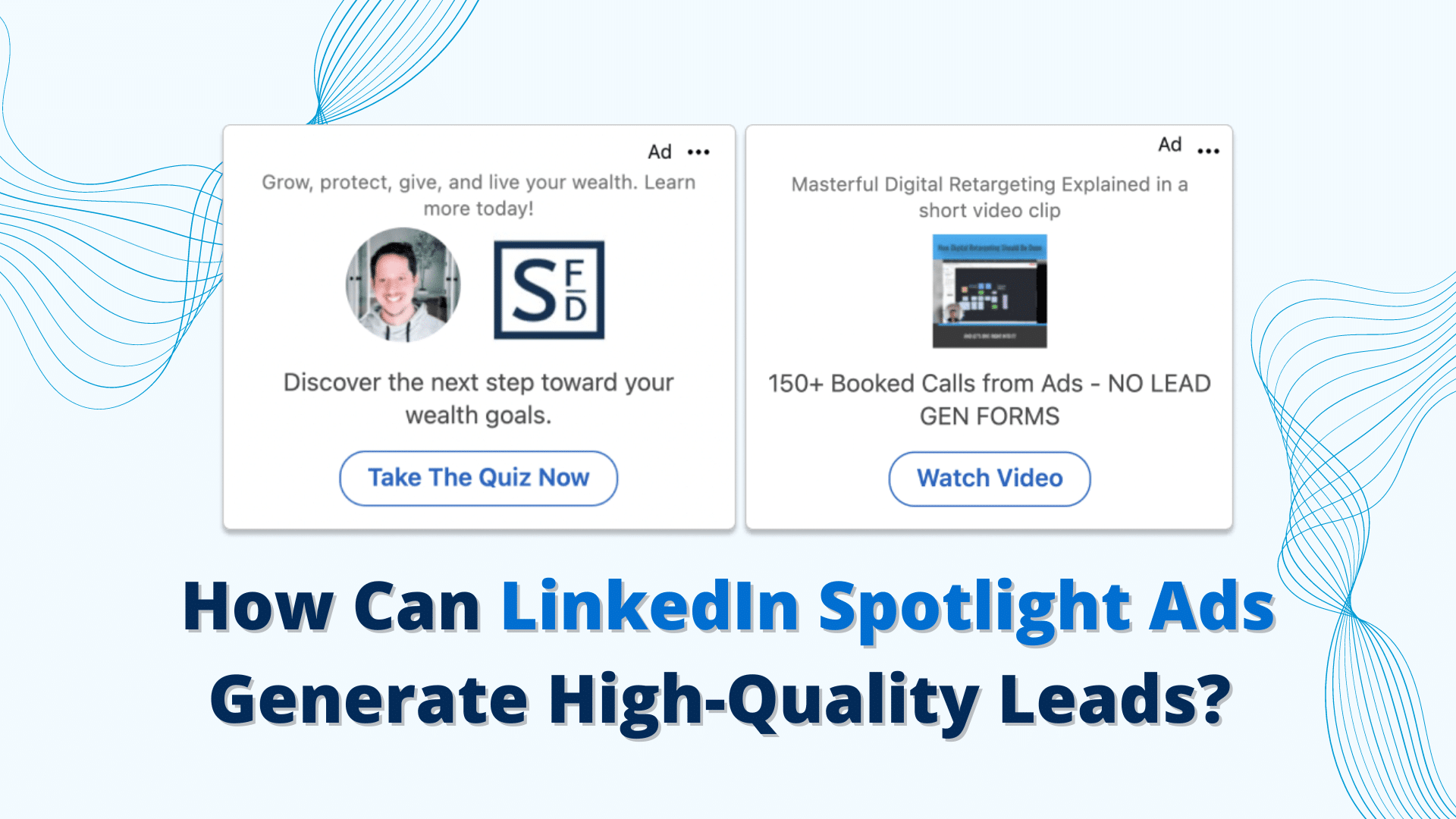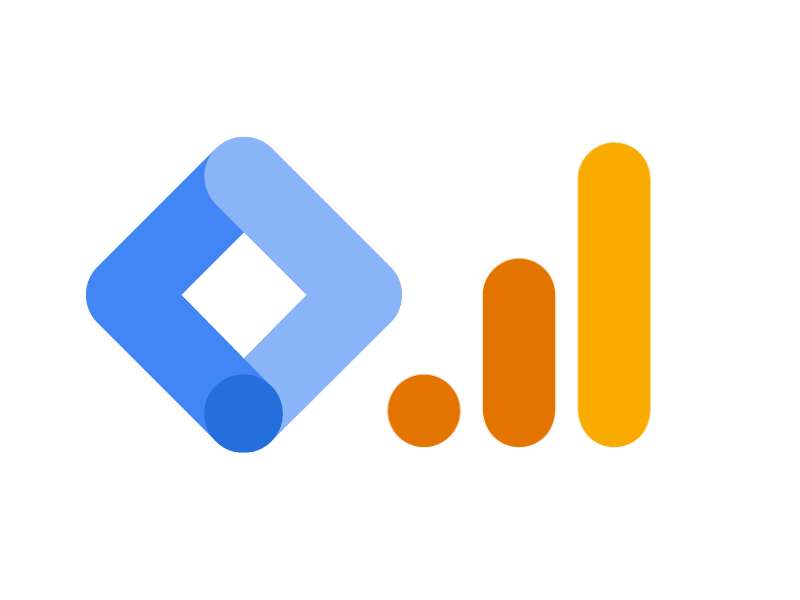Conversion tracking on LinkedIn allows users to measure the effectiveness of their ad campaigns in generating desired actions. It tracks actions like website conversions post-ad clicks or views.
LinkedIn has become an essential platform for digital marketers aiming to target professionals and businesses. Conversion tracking is a powerful tool on LinkedIn, pivotal for understanding how much value your advertisements are bringing to your business. It enables advertisers to identify which LinkedIn ads are meeting their conversion goals, whether that’s by filling out a contact form, signing up for a newsletter, or completing a purchase.
By analyzing this data, marketers can optimize their ad spend, tailor their targeting strategies, and improve their overall return on investment (ROI). As businesses continue to vie for visibility in a crowded digital space, effective conversion tracking provides the insights needed to stay ahead in the game.

Credit: business.linkedin.com
Conversion Tracking On Linkedin: A Gateway To Elevated Roi
In the realm of digital marketing, understanding the impact of your ad campaigns on LinkedIn can shape the future of your business strategies. Conversion tracking on LinkedIn unravels the mystery of ad performance, linking clicks to actions. This metric not only informs about effective messaging but also guides budget allocation, ensuring every dollar spent is a step toward higher returns on investment (ROI).
The Significance For Businesses
For businesses aiming to thrive, recognizing the importance of conversion tracking is the key. This tool offers clear insights into user behavior after interacting with LinkedIn ads. It allows companies to:
- Analyze the effectiveness of different ad campaigns.
- Quantify leads, sign-ups, and purchases originating from LinkedIn.
- Make data-driven decisions to optimize marketing strategies.
- Boost ROI by focusing on high-performing ads.
Working Principles Behind The Tracking
Conversion tracking on LinkedIn operates through a seamless integration of technology. A lightweight piece of code, known as the LinkedIn Insight Tag, gets placed on a business’s website. It’s the cornerstone of tracking. Here’s how it functions:
- A potential customer clicks on your LinkedIn ad.
- They land on a webpage that contains the LinkedIn Insight Tag.
- The tag records the visit, noting specific actions taken on the page.
- Collected data flows back to LinkedIn, linking the dots between ad views and conversions.
- This information becomes visible in campaign reports, powering strategy adjustments.
Diving Into Linkedin’s Conversion Tracking
Conversion tracking on LinkedIn is a powerful tool. It helps businesses understand how their ads lead to valuable actions. These actions happen on their website. Marketers must master this to see their return on investment (ROI).
Core Components Of LinkedIn Conversion Tracking
Understanding the core components is crucial. They are the building blocks of LinkedIn’s conversion tracking:
- LinkedIn Insight Tag: A piece of JavaScript code for your website. It tracks conversions.
- Conversion actions: These are the goals you set. For example, downloads or sign-ups.
- Conversion windows: Period to credit ads for conversions.
- Attribution models: Rules that assign credit to touchpoints in conversion paths.
Types Of Conversions You Can Track
LinkedIn enables tracking of several types of conversions, adapting to diverse business goals:
| Type of Conversion | Description |
|---|---|
| Content downloads | Track e-books, whitepapers, or any content downloads. |
| Sign-ups | Measure membership or newsletter sign-ups. |
| Purchases | Monitor completed sales or transactions. |
| Lead generation | Keep track of form submissions or lead captures. |
| Video views | Count how many times a video has been watched. |
Setting Up Linkedin Conversion Tracking
Setting up LinkedIn Conversion Tracking is essential for any marketer looking to measure the success of their advertising campaigns on the platform. Through this useful feature, businesses can track actions that people take after clicking on their ads. Whether it’s a sign-up, download, or purchase, understanding these conversions helps refine targeting and improve ROI. Let’s dive into how you can set up this tracking mechanism smoothly.
Step-by-step Installation Guide
- Create a LinkedIn Campaign Manager account if you haven’t already.
- Access the “Account Assets” menu and select “Conversion Tracking.”
- Choose the LinkedIn Page you want to track conversions for.
- Add the LinkedIn Insight Tag to your website. This tag is crucial for conversion tracking.
- Set up conversions by specifying actions you count as conversions like form submissions or page views.
- Apply these actions to the appropriate campaigns within your LinkedIn ad account.
- Verify that the Insight Tag is active and the conversions are being tracked properly.
Best Practices For Setup And Implementation
- Test the LinkedIn Insight Tag installation with the Tag Helper tool to ensure it’s configured correctly.
- Define clear and measurable conversion goals aligned with your business objectives.
- Segment your conversion actions to reflect the different stages of your marketing funnel.
- Regularly review your conversion data for insights to optimize your LinkedIn ad campaigns.
- Keep your Insight Tag up to date to accurately track conversions across different devices.
- Respect user privacy by being transparent about data collection and adhering to data protection regulations.

Credit: www.netimperative.com
Deciphering Conversion Tracking Metrics
Understanding how your LinkedIn ads drive actions is crucial. Conversion tracking shows you what happens after a LinkedIn ad is clicked. But how do you make sense of the numbers? Let’s break down the metrics that matter.
Key Performance Indicators To Monitor
Seeing the full picture requires focusing on key metrics:
- Conversions: The total actions completed.
- Conversion Rate: The percentage of clicks that convert.
- Cost per Conversion: The average cost for each action.
- Lead Quality: Assess the value of leads generated.
Each KPI tells a story about your ad’s performance.
Interpreting The Data For Strategic Insights
Understanding the story behind the data is key for insights.
| Metric | Insight |
|---|---|
| High Conversion Rate | Ad resonates with audience. |
| Low Cost per Conversion | Ad is cost-effective. |
| Quality Leads | Ad is reaching the right people. |
| Conversion Volume | Overall success of the campaign. |
Compare metrics to past performance for trend analysis. Use these insights for strategic adjustments to your campaigns.
Optimization Strategies Using Data
Understanding the data behind your LinkedIn campaigns is crucial. It unlocks the potential for refining and optimizing your marketing strategies. Conversion tracking on LinkedIn provides insight into how well your ads are driving meaningful actions on your website. By harnessing this data effectively, you can fine-tune your campaigns for better performance and ROI. Let’s delve into how to utilize this valuable data for campaign optimization.
Leveraging Insights To Refine Campaigns
Once you’ve started monitoring conversions, it’s time to leverage these insights. Don’t let this data sit idle. Use it to understand which elements of your campaigns are performing well. This clarity can help you allocate resources more effectively. Focus on high-performing aspects and reconsider or improve lower-performing ones. Here’s how you can break down the insights for optimization:
- Identify the best-performing ads and audiences
- Analyze lead quality and adjust targeting accordingly
- Optimize your budget spend across different campaigns and ad formats
A/b Testing With Conversion Data
A/B testing is a powerful tool for campaign optimization. Use conversion data to set up accurate tests on different variables of your ads. Variables might include ad copy, images, or call-to-action buttons. Run two variants simultaneously and measure their performance. Keep the following points in mind for successful A/B testing:
- Only test one variable at a time to measure its impact accurately
- Ensure you have enough data to make statistically reliable decisions
- Iterate regularly based on test outcomes
By embracing a data-driven approach, you can iterate your LinkedIn campaigns and boost their effectiveness. This continuous loop of testing, learning, and refining is key to optimizing your conversion rate and achieving your marketing goals.

Credit: impactable.com
Troubleshooting Conversion Tracking Hurdles
Understanding how your LinkedIn ads drive conversions is crucial for refining your marketing efforts. But what if you hit a roadblock? In the ‘Troubleshooting Conversion Tracking Hurdles’ section, let’s dissect common challenges and provide practical solutions to get your LinkedIn conversion tracking back on track.
Common Issues Faced By Marketers | What is Conversion Tracking on LinkedIn
- No Conversions: Ads running but not showing conversions.
- Discrepancies: Data on LinkedIn doesn’t match your analytics.
- Missing Events: Some conversion events aren’t captured.
- Delayed Reporting: Conversions appear but after a long delay.
Solutions To Enhance Tracking Accuracy
Here’s how to tackle these hurdles effectively:
| Issue | Solution |
|---|---|
| No Conversions | Check the Insight Tag and ensure it’s installed correctly. |
| Discrepancies | Verify the defined conversion windows and attribution models. |
| Missing Events | Review event-specific URLs for accuracy. |
| Delayed Reporting | Wait 24-48 hours for the system to update. |
Exploring Advanced Linkedin Conversion Tools
Do you want to track your success on LinkedIn? Advanced LinkedIn Conversion Tools can help. These tools let you see how well your LinkedIn ads perform. They show who visits your website after clicking an ad. You can also see who completes important actions, like signing up or buying something.
The Role Of LinkedIn Insight Tag
Imagine a tool that follows your visitors’ journey on your site. The LinkedIn Insight Tag does this. It’s a small piece of code. You add it to your website. This code collects valuable data.
- Tracks conversions: Know when LinkedIn users become customers.
- Retargeting: Show ads to visitors who leave your site.
- Demographic reports: Learn about the professionals visiting your site.
The Insight Tag is essential for measuring ad success on LinkedIn.
Integrating Third-party Analytics
Combine LinkedIn with other tools for deeper insights. LinkedIn allows integration with popular analytics software. Think Google Analytics or Mixpanel. This is great for a complete view of your ads’ impact.
You get:
- Detailed visitor behavior analysis.
- Comparison of LinkedIn ad performance with other channels.
- Understanding of the full customer journey.
This integration gives you a powerful way to measure success beyond just LinkedIn.
Privacy Concerns And User Data
In the digital age, privacy remains top-of-mind for users and businesses alike. With LinkedIn’s Conversion Tracking tool, companies can track how their ads lead to valuable actions on their websites. Yet, this power raises questions about user data.
Users want to keep their online behavior private.
Businesses need data to inform their marketing strategies.
Let’s delve into compliance with data protection rules and the balance between transparency and tracking needs:
Compliance With Data Protection Regulations
- LinkedIn respects privacy laws like GDPR and CCPA.
- They provide tools for users to control their data and ad experiences.
- Data collected through Conversion Tracking must meet legal standards.
- Advertisers have to ensure users’ consent for cookie use.
Balancing Transparency And Tracking Needs
Transparency is crucial for user trust.
LinkedIn offers features that balance this:
- Clear information on data use in their Privacy Policy.
- Settings for users to opt out of personalized ads.
- Anonymized data aggregation to protect user identities during tracking.
- Regular updates to users on their privacy and ad settings.
Businesses should communicate openly about their use of tracking tools.
Users must be informed about what happens with their data.
Success Stories: Conversion Tracking In Action
Let’s shine a spotlight on ‘Success Stories: Conversion Tracking in Action’. Conversion tracking on LinkedIn provides valuable insights into the customer journey. It helps businesses understand which LinkedIn ads drive action. These stories highlight how tracking conversions can lead to impactful results. Brands see what works and tweak their strategies for better ROI using data.
Case Studies Of Improved Roi
- A tech startup refined its ad strategy using LinkedIn Conversion Tracking. This led to a 50% increase in leads and a 30% decrease in cost per lead.
- A financial services company leveraged conversion data to optimize its ad spend. They reported a 70% upsurge in qualified applications for their premium service.
- An e-commerce brand tracked checkouts directly linked to their LinkedIn campaigns. They observed a remarkable 40% boost in sales revenue.
Learning From The Success Of Others
Studying successful campaigns provides actionable insights for businesses seeking improvement. By emulating proven tactics, brands can see similar wins:
| Brand | Key Improvement | Results |
|---|---|---|
| Global Software Firm | Targeting refinement | Increased lead quality by 20% |
| Education Platform | A/B testing of ad content | The click-through rate jumped by 15% |
| Healthcare Provider | Conversion tracking for content downloads | 50% more brochure downloads |
By examining these examples, you can glean wisdom that leads to better outcomes. Understand the significance of accurate tracking and data-driven decisions.
Future Prospects Of LinkedIn Tracking Technologies
Exploring the prospects of LinkedIn Tracking Technologies uncovers thrilling advancements ahead. The platform continuously refines its tracking capabilities, directly impacting how businesses measure and optimize their online campaigns. Let’s delve into how LinkedIn’s tracking technology aims to revolutionize data analytics and user engagement strategies in the future.
Evolving Landscape Of Data And Performance Metrics
The digital world thrives on data. LinkedIn stands as a testament to this, offering diverse metrics for businesses to understand their audiences better. The evolution in LinkedIn tracking technology presents a promising outlook with refined data collection methods and streamlined performance metrics. Key developments may include:
- User engagement insights reveal deeper interaction patterns.
- Advanced lead generation tracking for pinpointing high-value activities.
- Enhanced demographic data ensuring more targeted outreach.
- Customizable dashboards for real-time analytics tailored to unique business needs.
Anticipating New Features And Updates
Forward-thinking professionals already anticipate updates to LinkedIn’s tracking functionalities. Exciting features on the horizon may include:
- AI-powered tools to predict campaign outcomes.
- Improved conversion attribution to clarify the customer journey.
- Cross-platform tracking harmonizes LinkedIn data with other channels.
- Privacy-centered tracking aligns with global data protection trends.
Such advancements aim to empower businesses with sharper insights and the agility to adapt to market shifts effectively.
Frequently Asked Questions On What Is Conversion Tracking On Linkedin?
How Does LinkedIn Conversion Tracking Work?
LinkedIn conversion tracking measures actions visitors take after clicking on your ads. You place a LinkedIn Insight Tag on your site, which records conversions tied to your LinkedIn campaigns. This data helps optimize ad performance and ROI.
What Is Conversion Tracking?
Conversion tracking is a tool that measures the actions visitors take on a website after clicking on an ad, like purchases or sign-ups, helping to analyze the effectiveness of marketing efforts.
How Do I Know If LinkedIn Conversion Tracking Is Working?
To confirm LinkedIn conversion tracking is functioning, check your LinkedIn Campaign Manager for recorded conversions or use the LinkedIn Insight Tag Helper browser extension to validate setup and tracking.
What Are The Advantages Of Using Linkedin For Conversion Tracking?
LinkedIn conversion tracking offers precise insight into post-click performance, enabling the optimization of ad campaigns and improved targeting to boost ROI. It also allows for a better understanding of the professional audience’s behavior, leading to more effective marketing strategies.
What Is Linkedin Conversion Tracking?
Conversion tracking on LinkedIn allows advertisers to measure the effectiveness of their ads by tracking actions taken on their website after ad interactions.
Conclusion
Mastering conversion tracking on LinkedIn can significantly elevate your marketing ROI. It’s the compass that guides your ad spend, ensuring each dollar works hard. By honing in on this metric, you can fine-tune campaigns for peak performance. Start tracking today, and watch your business growth accelerate.



